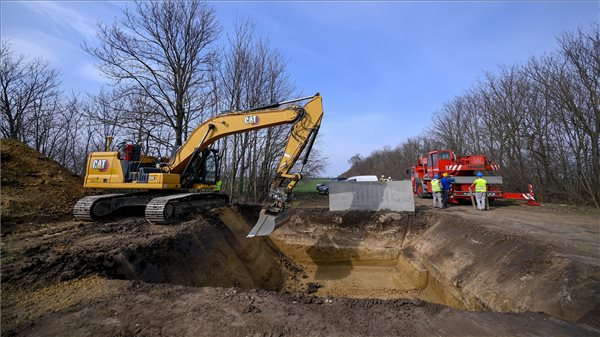The country’s largest water management investment, the implementation of the first phase of the Civaqua program, has started in Debrecen.
The program, which has led to the water of the Tisza river to Debrecen for almost fifty years, is an environmental investment that will determine the long-term fate of the welfare forests around the city.
The Tócó stream in Debrecen will be living water again if the water of the Tisza river reaches the city through the Eastern Main Canal as a result of the investment that has just begun.
The investment represents an important change in Debrecen: 34 percent of the city’s area is forest, which is currently unsustainable.
The first phase of the investment will create the physical connection between Tisza river and Debrecen. At this stage, about 16 kilometers of open and covered canals and several works of art will be built from the gross HUF 16 billion gross funds obtained within the framework of the Environmental and Energy Efficiency Operational Program (Kehop) from the pumping station of the Eastern Main Canal to the county seat, the mayor said.
The water flow of the Tócó stream in the western part of Debrecen will be 1,200 liters per second, and two reservoirs will be built along the stream, where various welfare elements will be developed.
With the implementation of the second phase of the Civaqua program, the water of the Tisza river will reach the north-eastern part of the city and will make it possible to replenish the Great Forest and the Erdőspuszta near the city. The planning started with HUF 700 million from local government and government funds.
MTI
Photo: MTI / Zsolt Czeglédi

















